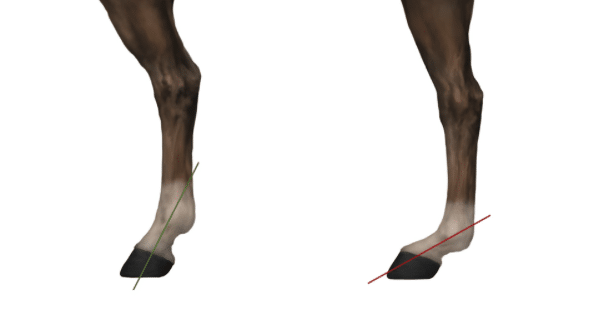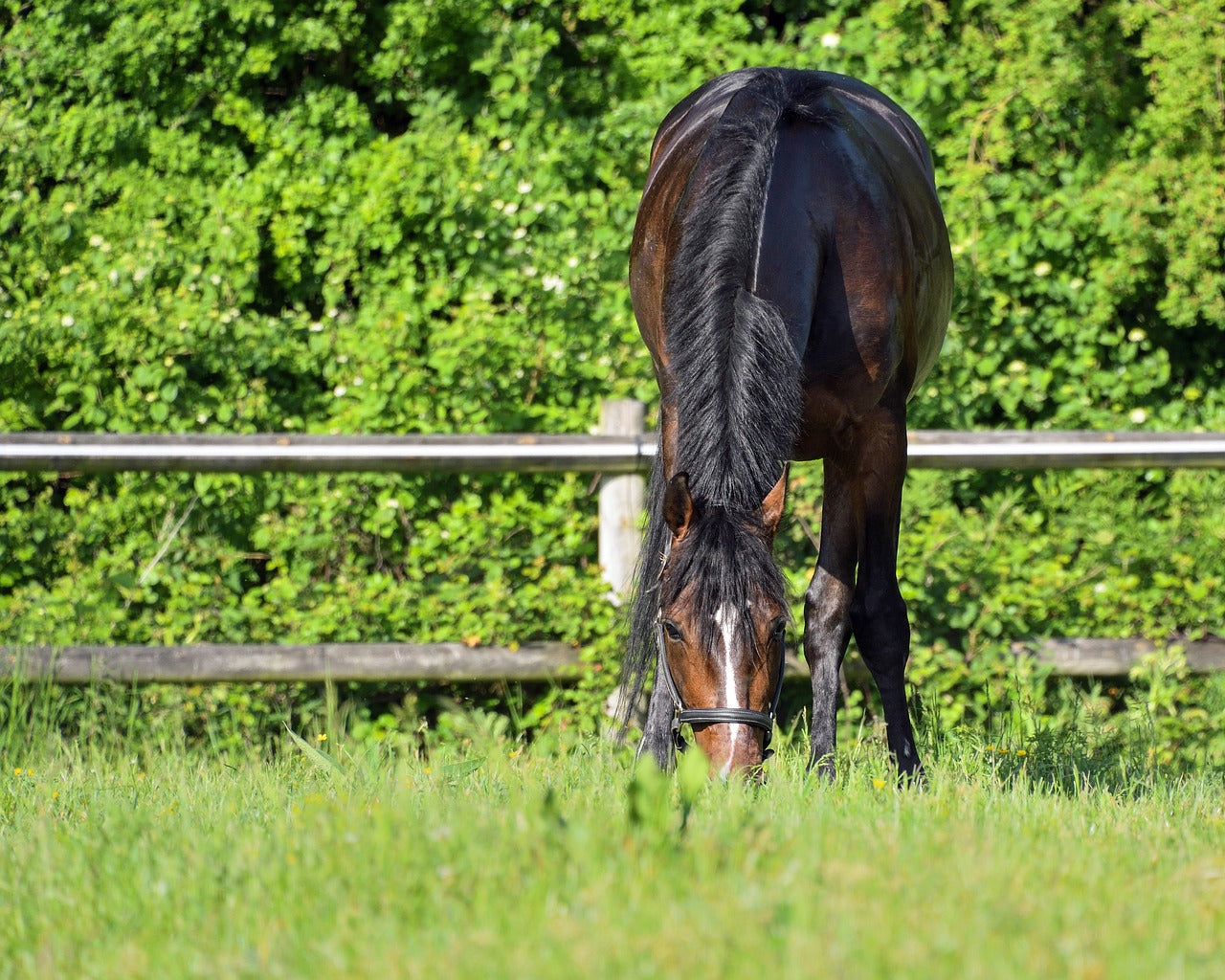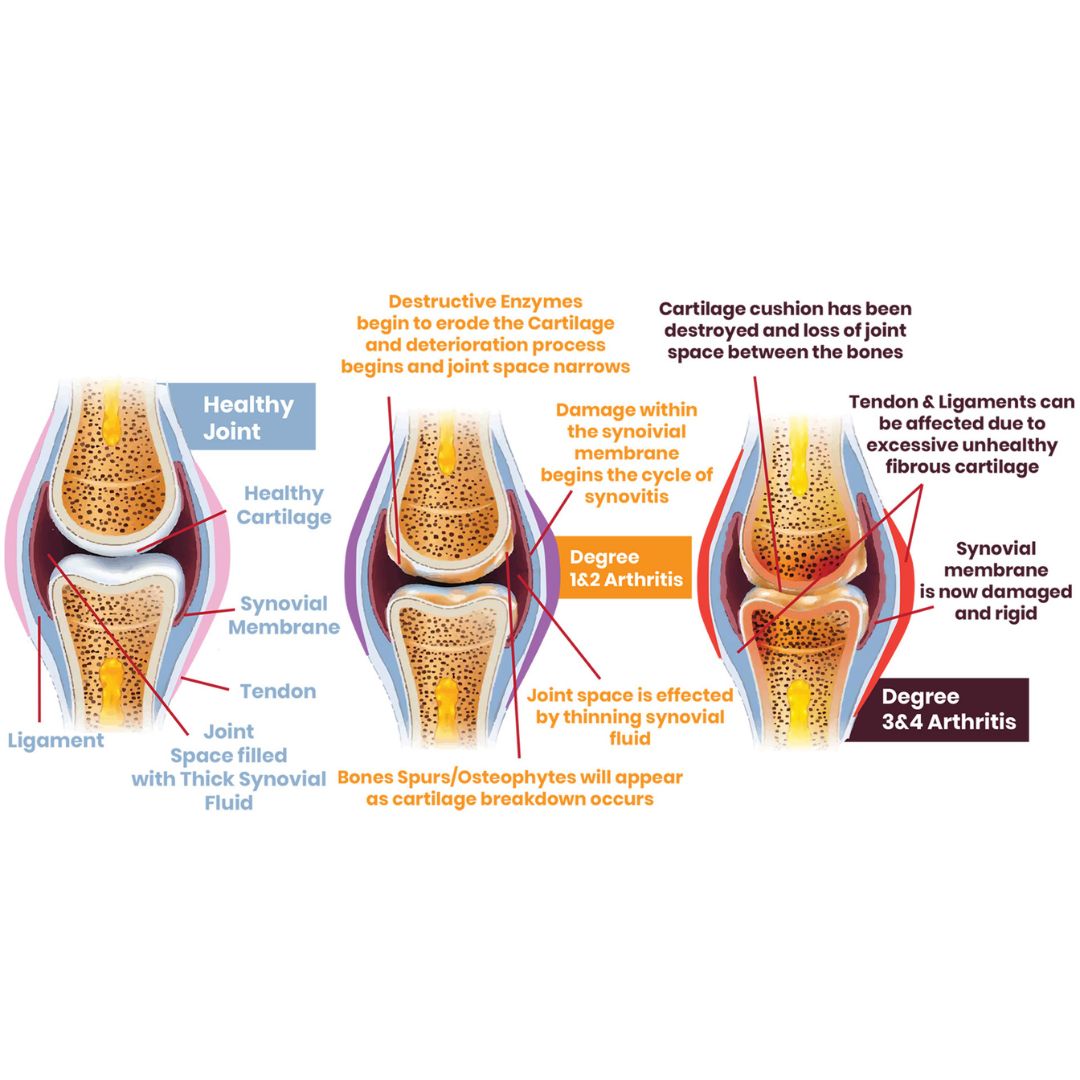When it comes to equine health, one condition that demands our attention is Degenerative Suspensory Ligament Desmitis (DSLD). This debilitating ailment can significantly impact a horse's well-being, and understanding its nuances is crucial for any conscientious horse owner.
DSLD Symptoms in Horses
Recognizing the symptoms of DSLD (Degenerative Suspensory Ligament Desmitis) is imperative for early intervention and effective management. Horses afflicted with equine DSLD may exhibit subtle signs initially, such as gait irregularities, stiffness, and a noticeable reluctance to engage in physical activity. As the condition progresses, more overt DSLD symptoms in horses may manifest, including swelling, lameness, and a pronounced sinking of the fetlocks.
In some cases, behavioral changes can be the first sign that something is wrong. Horses may appear more irritable, avoid being saddled, or refuse to perform tasks they previously enjoyed. It is also common for owners to notice uneven hoof wear due to altered gait patterns. These small changes can be easy to overlook, but they serve as early red flags that warrant veterinary evaluation.

Causes of DSLD in Horses
To comprehend equine DSLD fully, we must delve into its root causes. While the exact etiology is not yet completely understood, there are several factors believed to contribute to the development of DSLD in horses. Genetic predisposition, conformational issues, and environmental factors such as inappropriate nutrition or excessive physical stress are potential culprits. A comprehensive examination of these factors is crucial for effective prevention and management.

DSLD Management Strategies
Managing equine DSLD requires a multifaceted approach to ensure the best possible quality of life for affected horses. Veterinary guidance is paramount, and treatments may include a combination of anti-inflammatory medications, physical therapy, and specialized farrier techniques. Additionally, dietary adjustments, proper hoof care, and controlled exercise routines are integral components of an effective DSLD management plan.
The Role of Collagen in Supportive Care
Collagen, a fundamental component in OptiWize, assumes a pivotal role in fortifying the support structure, enhancing overall strength, and promoting elasticity within the connective tissues of horses. The importance of collagen in maintaining the integrity of ligaments and tendons cannot be overstated. OptiWize is formulated with 10- all natural ingredients that exhibits noteworthy anti-inflammatory properties, aiding in the mitigation of inflammation a common and discomforting feature associated with DSLD. By actively combating inflammation, OptiWize not only can help alleviate the pain experienced by horses, but also contributes to an improved quality of life. OptiWize is a cutting edge equine joint supplement that can aid in the management for horses diagnosed with DSLD
Preventive Measures for DSLD in Horses
While some causes of DSLD in horses may be genetic and unavoidable, prevention strategies can still play a significant role. Ensuring proper nutrition, balanced exercise, and regular veterinary checkups can reduce the risk of strain on the suspensory ligaments. Using a top-rated horse joint supplement early in a horse’s life may help strengthen connective tissues and maintain joint flexibility. Preventive farrier work, such as correcting hoof angles and supporting weight distribution, is also essential.
Owners should pay attention to DSLD symptoms in horses even in young animals. Subtle changes in gait or reluctance to trot could indicate early stages of ligament stress. Catching issues early allows for intervention before the condition worsens.
One often-overlooked preventive measure is monitoring body weight. Overweight horses place significantly more stress on their suspensory ligaments, accelerating wear and tear. Maintaining an ideal weight through a balanced diet and portion control can help reduce this strain. Additionally, rotational pasture grazing and varied exercise routines can improve ligament resilience by preventing repetitive stress injuries.
The Importance of High-Quality Supplements
An effective horse joint supplement can be a cornerstone of managing and potentially slowing the progression of equine DSLD. The best supplements contain ingredients like collagen, glucosamine, chondroitin, and omega-3 fatty acids, which support connective tissue health and reduce inflammation. Choosing a top-rated horse joint supplement ensures the highest quality ingredients, which can make a real difference in the horse’s comfort and mobility.
Veterinarians often recommend pairing a targeted supplement regimen with a balanced diet and controlled exercise program. This approach not only helps manage DSLD symptoms in horses but also supports the horse’s overall musculoskeletal health.
Owners committed to their horse’s well-being should work closely with veterinarians to stay informed about emerging care options. Combining traditional veterinary care with supportive measures like a top-rated horse joint supplement ensures a comprehensive plan.
It is worth noting that not all supplements are created equal. Horse owners should look for third-party testing, transparent ingredient lists, and research-backed formulas. Supplements that include antioxidants, such as vitamin E, can also be beneficial in reducing oxidative stress that may exacerbate ligament damage. Consistency is key skipping doses or changing products frequently can limit their effectiveness.
Long-Term Outlook for Horses with DSLD
While DSLD is a chronic condition with no known cure, many horses can still lead fulfilling lives with proper management. The focus should be on maintaining comfort, preventing further deterioration, and supporting overall health. Regular reassessment of the horse’s condition is important, as their needs may change over time. In some cases, adjustments in exercise, turnout schedules, and nutritional plans will be necessary to align with the horse’s evolving mobility.
Supporting the Emotional Well-Being of Horses with DSLD
Physical health is only one part of the equation emotional and mental well-being is equally important. Horses living with DSLD may become frustrated if they can no longer perform their usual activities. Providing mental stimulation through gentle groundwork exercises, interaction with other horses and enrichment toys can help maintain a positive mindset. Owners should also spend quality time grooming and bonding with their horses to reduce stress levels.
In conclusion, a nuanced understanding of DSLD in horses is indispensable for proactive care and management. From recognizing early symptoms to implementing comprehensive management strategies, horse owners must be well-versed in navigating the challenges posed by this condition. By prioritizing the welfare of our equine companions, we can contribute to their longevity and overall quality of life.



